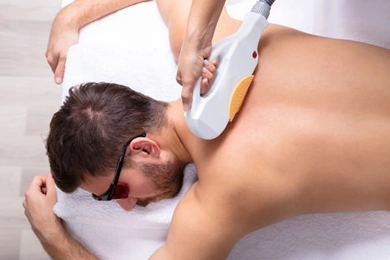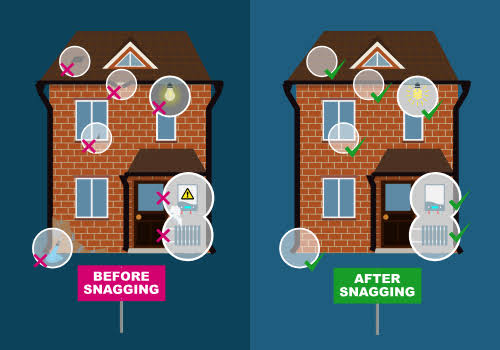Complete Guide to Laser Hair Removal: Preparation and Aftercare
Laser hair removal is a popular cosmetic procedure that offers a long-term solution to unwanted hair. It works by targeting hair follicles with laser light, which destroys the follicle and prevents future hair growth. If you’re considering this treatment, it’s important to understand how to prepare for your sessions and care for your skin afterward to ensure the best results. Here’s a comprehensive guide to help you navigate the process of laser hair removal, from preparation to aftercare.
Understanding Laser Hair Removal
Laser hair removal uses concentrated light energy to penetrate the hair shaft and kill the hair root but not harm the surrounding skin. The procedure is most effective on individuals with dark hair and light skin because the laser targets the pigment (melanin) in the hair. However, technological advancements have made laser hair removal effective on a wider range of skin types and hair colors.
Preparation for Laser Hair Removal
- Consultation: The first step in the process is a consultation with a skincare professional. During this session, your hair and skin type will be assessed, and you’ll discuss any medical history that could affect the treatment.
- Choosing the Right Time: Laser hair removal is best performed when the hair is in the anagen phase (the growth phase), as the treatment is most effective when the hair is actively growing. Your specialist will help you time the sessions appropriately based on your hair growth cycle.
- Avoid Sun Exposure: It’s important to avoid tanning and excessive sun exposure before your treatment sessions. Sunburned or tanned skin can complicate the procedure and increase the risk of side effects. Use a broad-spectrum SPF30 or higher sunscreen daily for at least a month before treatment.
- Stop Plucking and Waxing: In the weeks leading up to your treatment, you should avoid any hair removal methods that pull the hair from the root, such as waxing or plucking. These methods can disrupt the hair follicle and reduce the effectiveness of the laser treatment. Shaving is recommended because it preserves the hair shaft and follicle.
- Shave the Area: You should shave the treatment area 24-48 hours before the session. This minimizes the risk of burns from the laser targeting hair above the skin’s surface while ensuring that the laser’s energy is directed toward the hair follicle beneath the skin.
What to Expect During the Procedure
- Pain and Discomfort: Most people experience some discomfort during laser hair removal, often described as a snapping sensation against the skin. Many clinics use cooling methods, such as topical cooling gels or cool air, which help to mitigate discomfort.
- Duration: Depending on the size of the area being treated, sessions can last from a few minutes to an hour.
- Protective Eye Gear: You’ll be provided with protective eyewear to prevent eye injury from the laser.
Aftercare Following Laser Hair Removal
- Redness and Swelling: It’s normal to experience redness and swelling in the treated area for a few hours after laser hair removal. Applying ice packs can help reduce these symptoms.
- Avoid Sun Exposure: After laser hair removal, skin becomes more vulnerable to sun damage. Avoid direct sunlight, and apply a broad-spectrum sunscreen with an SPF of 30 or higher daily. This practice should continue for at least a month post-treatment to protect the skin.
- Moisturize: Keeping the skin moisturized is important after laser hair removal. Use a gentle, fragrance-free moisturizer to soothe the skin and promote healing.
- Avoid Heat: For the first 24 to 48 hours post-treatment, avoid activities that can heat the skin, such as hot showers, saunas, and intense exercise.
- Exfoliate: About a week after treatment, gently exfoliate the treated area to help prevent ingrown hairs.
- Follow-Up Treatments: Laser hair removal usually requires multiple sessions to achieve maximum results. Follow-up treatments are typically spaced several weeks apart to coincide with the hair growth cycle.
Long-Term Care and Touch-Ups
While laser hair removal significantly reduces hair growth, some hair may eventually regrow. Many people require periodic touch-ups to maintain the results. The frequency of these sessions depends on individual hair growth and the area treated.
By following these guidelines for preparation and aftercare, you can help ensure that your laser hair removal treatment is as effective and comfortable as possible.





